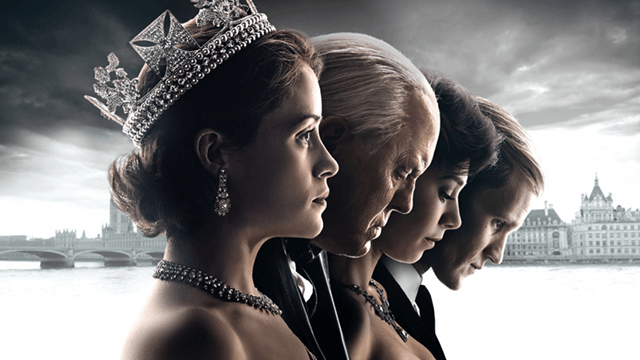
After two years of development, directing and filming, Peter Morgan’s much loved Netflix drama returns to depict the life, times and private turmoil of the world’s most famous family.
It is white smoke pouring out of Buckingham Palace as Olivia Colman replaces Claire Foy as the Queen, Tobias Menzies of “Outlander” is in for Matt Smith as Prince Philip and Helena Bonham Carter takes up the mantle from Vanessa Kirby as tragic party woman, Princess Margaret.
The show without Claire Foy would have almost been unthinkable two years ago, however, with the introduction of Colman it’s like Foy never left and we are back at home, glued to the difficulties and challenges the monarchy once faced in bygone days. Coleman brilliantly portrays the solid dutifulness and royal mannerism that is one of the defining qualities of the real Queen Elizabeth.
Menzies brilliantly captures the body language, facial expression and almost crankiness of an older, more settled, supportive and loving Prince Philip, one that we can almost see in real life today. But he encounters difficulty when trying to bring us the Duke of Edinburgh’s inner feelings and struggles of having to always be number two to his wife. There is no life, no drama and no secrets with this character in this season which ultimately differs from the opinionated, party goer that Matt Smith portrayed in the first two seasons.
Peter Morgan is determined to stick as closely to the historical and dramatic script as possible. The season begins in 1964 and the Queen is looking into the mirror of a middle age woman of four children wondering where the years have gone. Britain meanwhile is entering a period of change too, though “The Crown” is selective as to how it reflects this on screen. In the first two seasons we slowly watched the events of world history throughout the 1950’s and the role that was played in it by the most recognisable woman in the world.
However, season three takes place during the 1960’s, a decade in which society was changing. However, many of these events for some reason are bypassed. The Swinging Sixties, England’s World Cup victory in 1966, the rise of Beatlemania, the Nixon Presidency and the outbreak of the Northern Ireland Troubles is all ignored.
Instead the director has built ten episodes around headline events seemingly selected on the basis of providing learning opportunities for Elizabeth and her family. So the 1966 Aberfan slag heap disaster is a vehicle for her overcome her reluctance to show emotion in public. The Moon landing and a visit to Buckingham Palace by the Apollo astronauts draw into focus Philip’s mid-life crisis and the dinner at the White house with President Johnson shows the difference in the Queen and her sister.
The theme that the Crown itself must always prevail even ahead of family and loved ones remains a constant, even in the new season which for the next few weeks will glue viewers to Netflix.
Conor Breslin
Image Credit: Netflix



